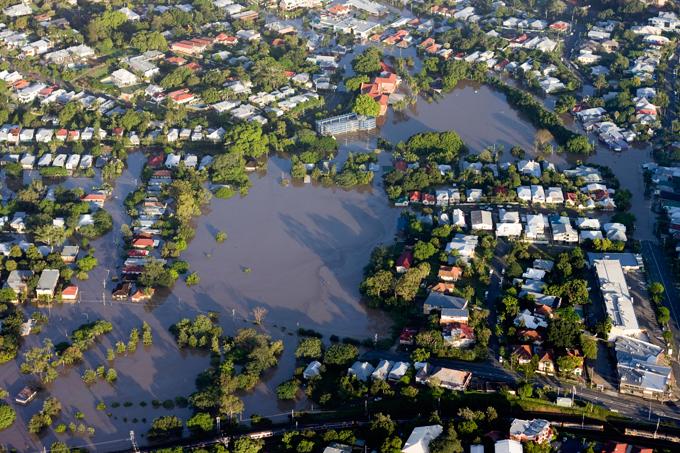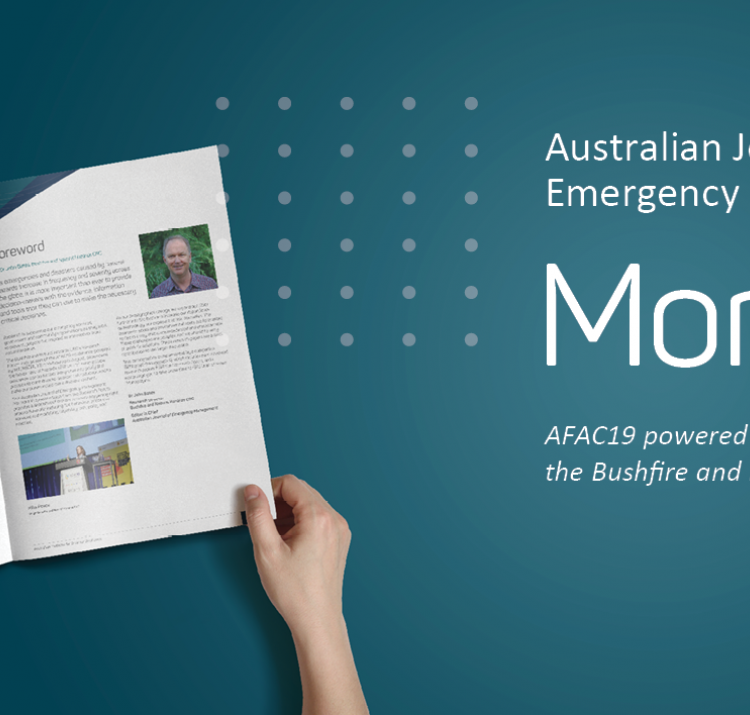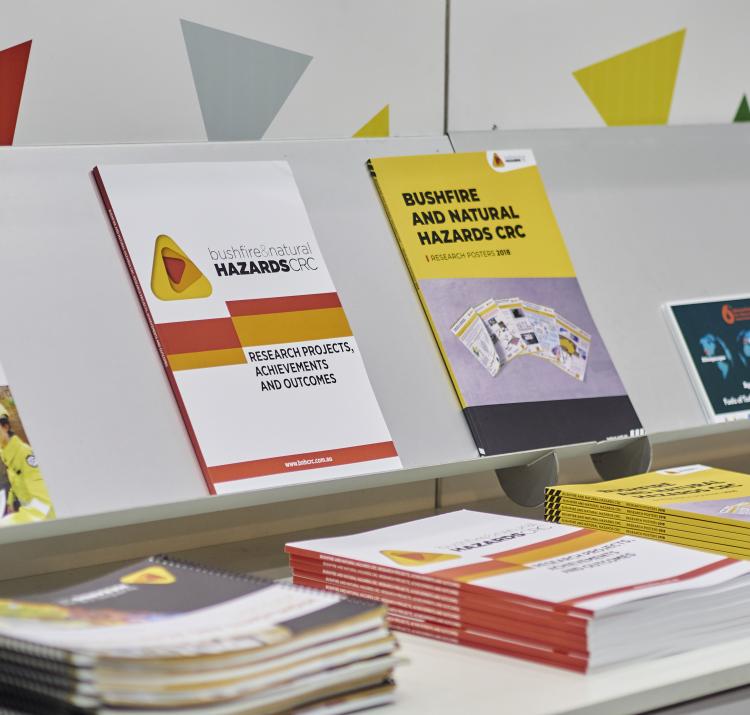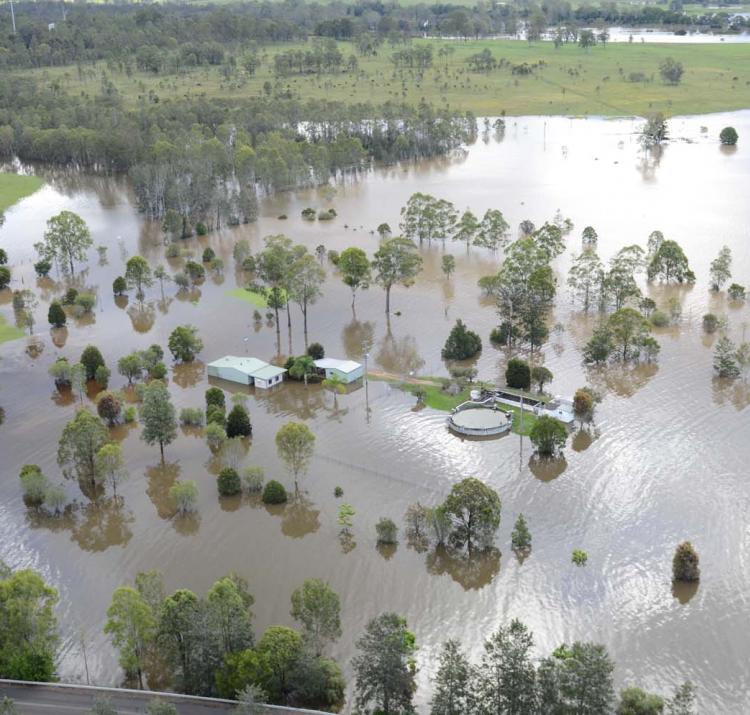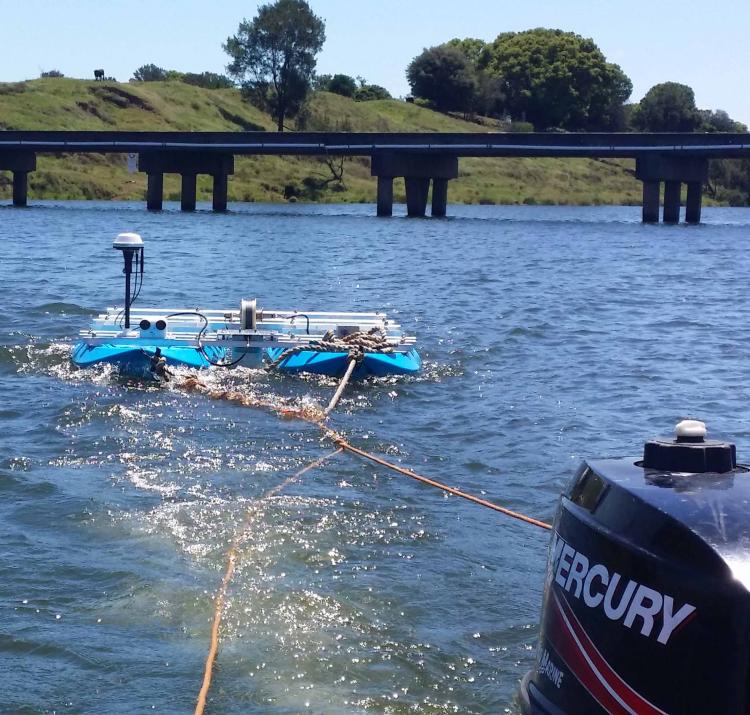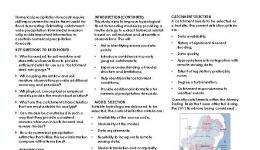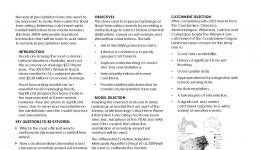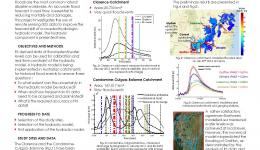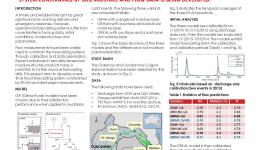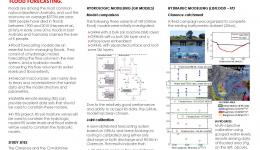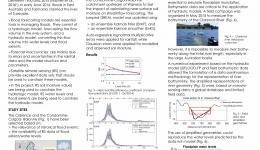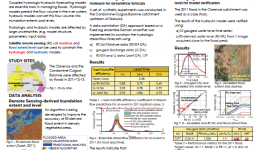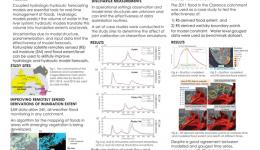Research leader
Research team
End User representatives
Floods are among the most damaging natural disasters in Australia. Over the last 40 years, the average annual cost of floods was estimated to be $377 million per year. The 2010-2011 floods in Brisbane and South-East Queensland alone resulted in 35 confirmed deaths and $2.38 billion damage. The floods in June 2016 in Queensland, New South Wales, and Tasmania, resulted in five confirmed casualties. The floods in North Queensland in January-February 2019 resulted in four confirmed fatalities and an estimated total direct cost of 1.3 billion dollars. In order to limit the personal and economic damage caused by floods, operational water and emergency managers rely on flood forecasting systems.
These systems consist of a hydrologic and a hydraulic model to predict the extent and level of floods. Using observed and predicted rainfall, the hydrologic model calculates the amount of water that is flowing through the river network, while the hydraulic model computes water depth and velocity in the river and in the floodplain. In recent decades, the accuracy and reliability of these flood forecasting systems has significantly improved. However, it remains difficult to provide accurate and precise flood warnings. This is a result of errors and/or uncertainties in model structures, model parameters, input data, and/or meteorological forcing (mainly rainfall). The hypothesis of this project is that remote sensing data can be used to improve modelled flood forecast skill and value.
More specifically, this project developed optimal ways to constrain and update the hydrologic model using remotely sensed soil moisture data. The significance of soil moisture is its direct impact on the partitioning of rainfall into surface runoff and infiltration. Second, this project proposed an algorithm for the monitoring of floods under vegetation. Finally, the research team investigated optimal ways to use remote sensing-derived inundation extent and level to implement and calibrate the hydraulic model. The results of this project enable improved predictions of flow depth, extent and velocity in the floodplain.

